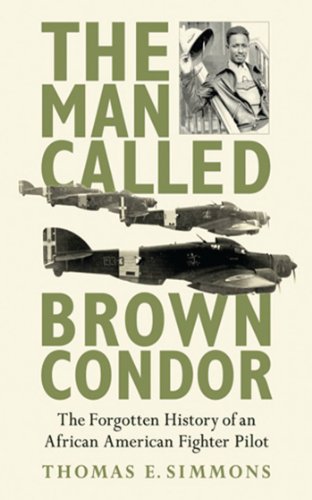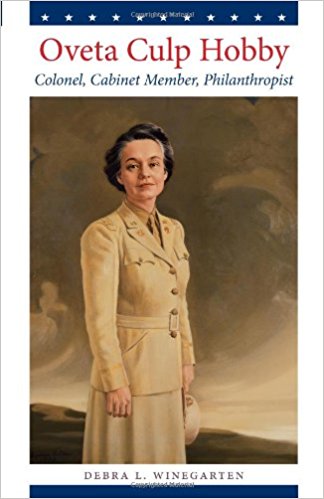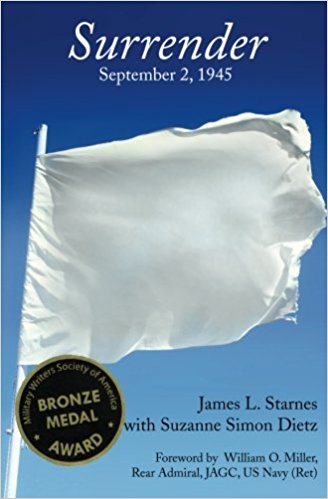MWSA Review
I was honored to have actually held this book in my hands and to have been able to read about such heroic young men in battles long forgotten by the world at large. "Young Soldiers - Amazing Warriors" by Col. Robert Sholly is a book that future generations will read and wonder if these men really ever existed. Thank God for such men who sacrificed so much of their own lives and youth for a cause bigger than themselves. Actually, they were truly there for each other as brothers in battle. The author, I think, under tells the story without embellishments that most of us old veterans seem to add to our old glory stories about the war. You get the feeling that he is just telling you of how it was. But what a history to share, and what stories of such young warriors.
There are not many books about the Vietnam War that surprise me or generate the emotional connections that this book brought to me. I have read over 200 books related to the Vietnam War and most of those were memoirs or history books. This is by far one of the best of the group. One gets the feeling that it is the heroic history of the 4th Infantry Division itself that enriches the reading experience - after all, these young men needed nothing more than a narration of what happened. However, I was impressed with the author's ability not to get in the way of the stories themselves. He tells it in a style and manner that honors it.
I am a Vietnam Veteran and an author as well, so for me to impressed with another book on the Vietnam War means it had to be special and above the rest. This was! This is a FIVE STAR BOOK on any rating chart! I fully endorse it and recommend it for anyone who enjoys reading history, or reading about heroes!
Reviewed by: Bill McDonald (2015)
Author's Synopsis
Book covers the first year of combat for the 1st Battalion, 8th Infantry of the 4th Infantry Division (1966-67). The narrative follows the author's daily journals and is augmented by descriptions of events by his men from their differing perspectives. It describes the harsh environmental conditions in which infantrymen had to live even before they confronted their first enemy. The combat scenes are tragic and brutal. Time and again, men knowingly sacrificed their lives to save their friends. The combat tempo was such that in a 60-day period there were four Medals of Honor and five Distinguished Service Crosses awarded to men of the battalion for their bravery and valor. The book was written to help educate the American public what their soldiers experience when the country sends them to war, no matter where or when they fight.




















